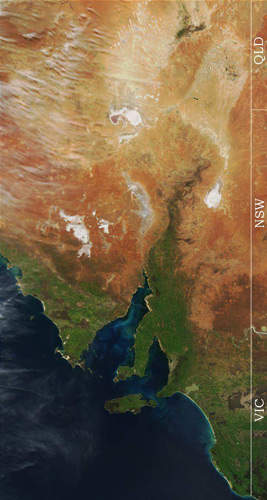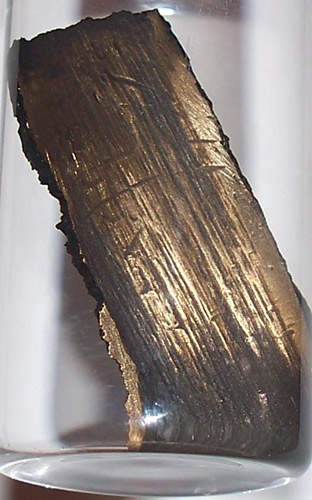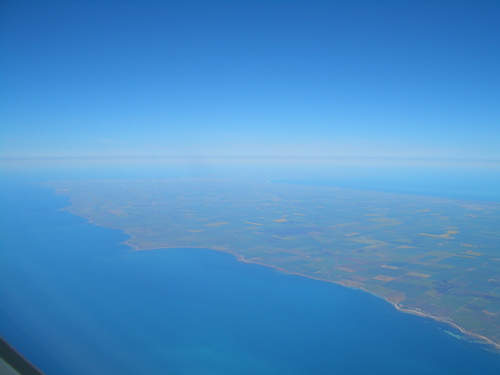The Melton project is a copper, gold and uranium deposit located in South Australia’s Yorke Peninsula, directly north of Rex Minerals’ Hillside project and adjacent to Syngas’s Clinton project. The mine is jointly owned by Marmota Energy and Monax Mining. Operated solely by Marmota, the mine will be drilled in the first quarter of 2010.
Marmota Energy is surveying the region’s zones to identify high magnetic intensity and mineralisation. In August 2009, Marmota Energy began the exploration of the mine.
Geology and reserves
The Melton project comprises tenements EL3911 and EL4000. Situated on the northern Yorke Peninsula, the tenements cover 165km2 in the northern extension of the Pine Point Fault. The region has iron oxide-copper-gold-uranium mineralisation consistent with the fault area. The region also features many distinct magnetic and gravity characteristics. Historical deposits of the Moonta-Wallaroo copper-gold district are found in this region.
The project is situated close to mine and civil infrastructure. Its proximity to major centres and good access to road and rail infrastructure makes it a significant project for Marmota Energy.
Exploration
To identify the anomalies and gather detailed information about the region’s mineralisation, Marmota Energy initiated a high-resolution aeromagnetic survey of the area in September 2009. A close intersection between copper mineralisation, gold and uranium was reported by Rex Minerals, which drilled the hillside prospect, 40km south of the Melton Project. The major intersections at the hillside project included 259m at 1.7% copper and 0.4 g/t gold and 200m at 1.0% copper and 0.2 g/t gold. Anomalous uranium was also reported in several holes.
The survey consisted of flight lines spaced 50m apart. Along with the preliminary magnetic data, the survey revealed up to five high-priority targets in the region. Five anomalies were revealed within the Pine Point fault zone.
The largest anomaly extended for more than 4km, while the smallest measured approximately 1.6km. Two distinct magnetic anomalies trending in the north-south direction extended up to 2km in length. Three magnetic anomalies have also been spotted in the survey, situated west of the fault zone.
Exploration will continue for another six months to determine the structural features of each target area. The company will undertake an infill ground magnetic survey of the region in October 2009.
On its successful completion and indication, the company will further perform a high-resolution ground gravity survey in November 2009. Between November 2009 and February 2010, depending on the harvest requirements, Marmota will conduct drilling tests on the targets.
The exploration will be funded by Marmota Energy. Within two years the company will invest $400,000 on exploration. By early 2010, Marmota will reach 50% of the expenditure commitment. Alongside Marmota, the exploration will be co-funded with funds raised from the placement and share purchase plan released in September 2009.
Pine point fault zone
The pine point fault is a large regional fault accommodating a number of copper-gold-uranium mines. The fault contains the Parara project, the white cliffs project and the Hillside project, all owned by Rex Minerals. The northern extension of the fault runs to almost 15km. The fault has a significant influence on copper, gold and uranium mineralisation in the area.
Hillside copper project
The hillside mine is a copper mine located along the fault zone. Owned by Rex Minerals, the mine has recorded production at a grade of over 20% copper. At this project, the company has drilled up to 259m at 1.7% copper and 0.4g/t gold.









